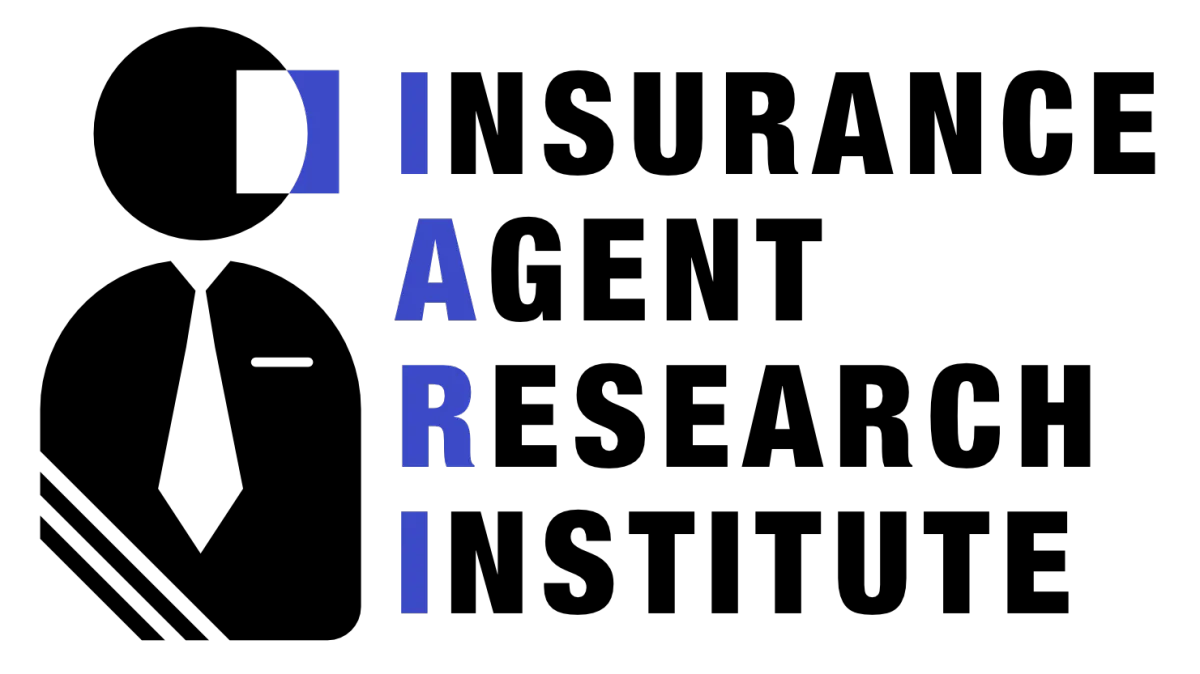Independent Research. Actionable Insights.
Data-driven analysis of life insurance market trends to empower industry professionals.
IARI (Insurance Agent Research Institute) is an independent, data-driven research firm focused on the life insurance industry. We study market trends, consumer behavior, and the evolving role of agents to provide unbiased insights that help life insurance professionals and stakeholders make informed decisions. Our team analyzes industry data and conducts rigorous surveys to uncover emerging patterns and opportunities in the life insurance market.
Our mission is to be the trusted source for objective research on life insurance trends. From the impact of digital sales channels to shifting consumer preferences, IARI shines a light on the topics that matter. We share findings through in-depth reports, interactive data visualizations, and expert commentary—delivering knowledge that informs strategy and drives innovation in the industry.
Mission Statement
At the Insurance Agent Research Institute (IARI), we provide data-driven insights into the life insurance marketplace. Our mission is to analyze the evolving trends in distribution, agent strategies, and consumer purchasing behavior to support a stronger and more efficient industry.
Our Approach

Independent Research

Industry Insights

Collaboration
Who Uses Our Research

Life Insurance Companies

Agencies & Brokerages

Financial Professionals

Industry Analysts
Research & Insights
Topics We Cover
Life Insurance Consumer Trends
How and why people are purchasing life insurance.


Distribution & Sales Models
The evolution of agent-based and digital sales.
Agent & Broker Performance
Industry benchmarks and best practices.


Technology & Insurtech Disruption
The role of automation and AI in distribution.
Regulatory & Compliance Changes
How new laws are affecting the industry.

Latest Blog Posts

Choosing a Retirement Plan that Fits Your Business
If you have yet to develop a retirement plan for your business, or if you're not sure the plan you've chosen is the right one, here are some things to consider.
How much can my business afford to contribute?
The cost of contributions may be managed by the plan type.
A simplified employee pension plan (SEP) is funded by employer contributions only. SEP contributions are made to separate IRAs for eligible employees.1
Savings Incentive Match Plan for Employees of Small Employers (SIMPLE) IRAs blend employee and employer contributions. For example, some employers match employee contributions up to 100% of the first 3% of compensation. Others may contribute 2% of each eligible employee’s compensation. It’s up to the employer to decide the formula based on what works best for the business.2
A 401(k) is primarily funded by the employee; the employer can choose to make additional contributions, including matching contributions.3
What plan accommodates high employee turnover?
The cost of covering short-tenured employees may be managed by eligibility requirements and vesting.
With the SEP-IRA, only employees who are at least 21 years old, earn at least $750 in compensation, and have been employed in three of the last five years must be covered.4
The SIMPLE IRA must cover employees who have earned at least $5,000 in any prior two years and are reasonably expected to earn $5,000 in the current year.5
The 401(k) and defined benefit plan must cover all employees who are at least 21 years of age. These retirement plans are open for employees who have either worked 1,000 hours in the space of one full year or to those who have worked at least 500 hours per year for three consecutive years.6,7
Vesting is immediate on all contributions to the SEP-IRA, SIMPLE IRA and 401(k) employee deferrals, while a vesting schedule may apply to 401(k) employer contributions and defined benefits.
Do I want to maximize contributions for myself (and my spouse)?
The SEP-IRA and 401(k) offer higher contribution maximums than the SIMPLE IRA. For those business owners who are starting late, a defined benefit plan may offer even higher levels of allowable contributions.
My priority is to keep administration easy and inexpensive.
The SEP-IRA and SIMPLE IRA are straightforward to establish and maintain. The 401(k) can be more onerous, but complicated testing may be eliminated by using a Safe Harbor 401(k). Generally, the defined benefit plan is the most complicated and expensive to establish and maintain of all plan choices.
1. Like a Traditional IRA, withdrawals from a SEP-IRA are taxed as ordinary income and, if taken before age 59½, may be subject to a 10% federal income tax penalty. In most circumstances, once you reach age 73, you must begin taking required minimum distributions.
2. Like a Traditional IRA, withdrawals from a SIMPLE IRAs are taxed as ordinary income and, if taken before age 59½, may be subject to a 10% federal income tax penalty. In most circumstances, once you reach age 73, you must begin taking required minimum distributions.
3. In most circumstances, you must begin taking required minimum distributions from your 401(k) or other defined contribution plan in the year you turn 73. Withdrawals from your 401(k) or other defined contribution plans are taxed as ordinary income, and if taken before age 59½, may be subject to a 10% federal income tax penalty.
4. IRS.gov, 2024
5. IRS.gov, 2024
6. IRS.gov, 2024
7. Congress.gov, 2024

Quick Links
Home
Research and Insights
Participate in Research
Blog
About Us
Contact
Disclosure | Privacy Policy | Terms of Use
© 2025 Insurance Agent Research Institute. All rights reserved.
